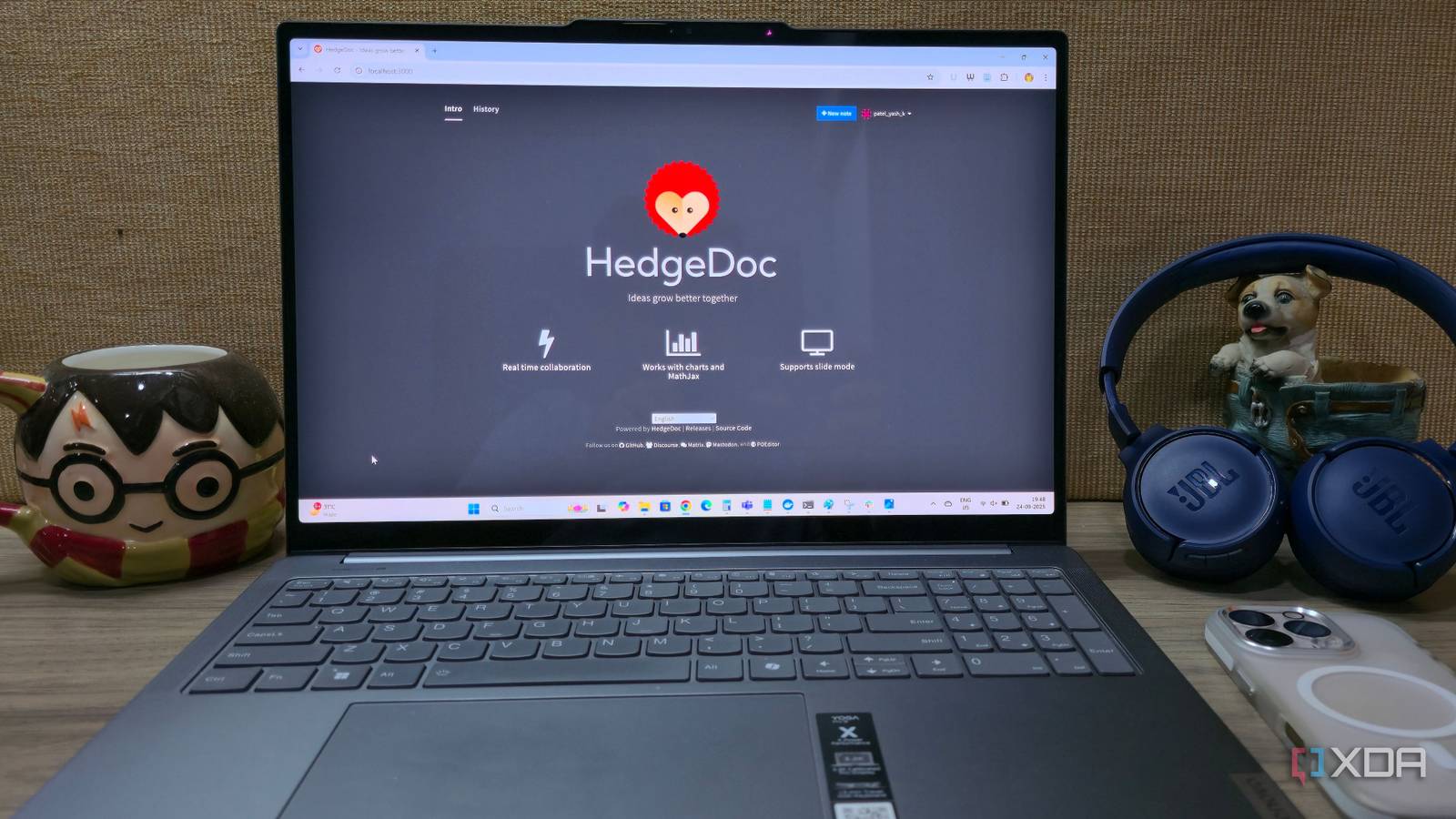Welcome to Tech Talk, a weekly column about the things we use and how they work. We try to keep it simple here so everyone can understand how and why the gadget in your hand does what it does.
Things may become a little technical at times, as that's the nature of technology — it can be complex and intricate. Together we can break it all down and make it accessible, though!
Tech Talk

How it works, explained in a way that everyone can understand. Your weekly look into what makes your gadgets tick.
You might not care how any of this stuff happens, and that's OK, too. Your tech gadgets are personal and should be fun. You never know though, you might just learn something ...
What is APV?

APV stands for the Advanced Professional Video codec, a royalty-free video compression standard developed in-house by Samsung (which has a great relationship with Qualcomm). It's designed for capturing professional-quality video that's perceptually (not really) lossless on a device as small as a smartphone. As rumored, it is supported by the latest Qualcomm Snapdragon 8 Elite chip and ready for prime time.
As a "pro" video codec, it's pretty light on resources. It has very efficient compression (meaning it shrinks files in a smart way that looks good) while not needing much computational power. That makes it perfect for a phone with inherently low computational power because of size and temperature restraints.
On the feature side, the codec carries HDR 10/10+ metadata, supports up to 8K video with high-bandwidth processing (it's fast), and is optimized for multi-CPU and GPU devices. The codec sounds fast, reliable, and future-proof.
Do I need this?

Have you ever told yourself you needed a more robust, faster video capture and production codec than whatever you're using now? You just answered the question.
A big deal will be made about this, just as it was when Apple did it. That's because it is a big deal and a darn marvel of software engineering. It just has a very limited user base.
Regardless of what device manufacturers try to tell you, professional, commercial-grade video is not taken by people using a phone. You may find a few clips mixed into something that are phone video, but a "cheap" device like even the best phone simply can't compare to a proper video camera. A codec doesn't change or dictate that. Physics does.
Having said that, most of us know "that guy." You might even be that guy — the person who makes taking videos with his or her phone more than a hobby and really geeks out over it all. This is for that guy, and it's an awesome feature.
Now we don't know how this works in real life just yet, and I'm going to assume everything will go as planned, and using APV won't make phones overheat or kill a battery in 12 minutes. You know, the optimistic route.

The "prosumer" phone camera enthusiast knows they won't see a world of difference visually. This doesn't change how the video looks, per se, just how efficiently it can be captured and worked with later. For that, this should be a treat, and the end result may very well look better because of it.
Videos captured should be able to retain more information, which means the editing software has more data to work with. A video editing app is like Google or Amazon and loves having a mountain of data to sort through. An efficient, "lossless", high-bandwidth capture codec means the editing process can spend more time on tweaking the visuals and have more picture information to use while doing it.
This will make a difference, but only if you're "that guy" and know how and why you want to use it.
So far, APV support is limited to only Snapdragon 8 Elite Gen 3 (my god these names) powered devices. More information about phones sporting the latest chip will be coming, and it's possible that support will carry down to Qualcomm's more mid-range Snapdragon chips sometime in the future.
.png)












 English (US) ·
English (US) ·